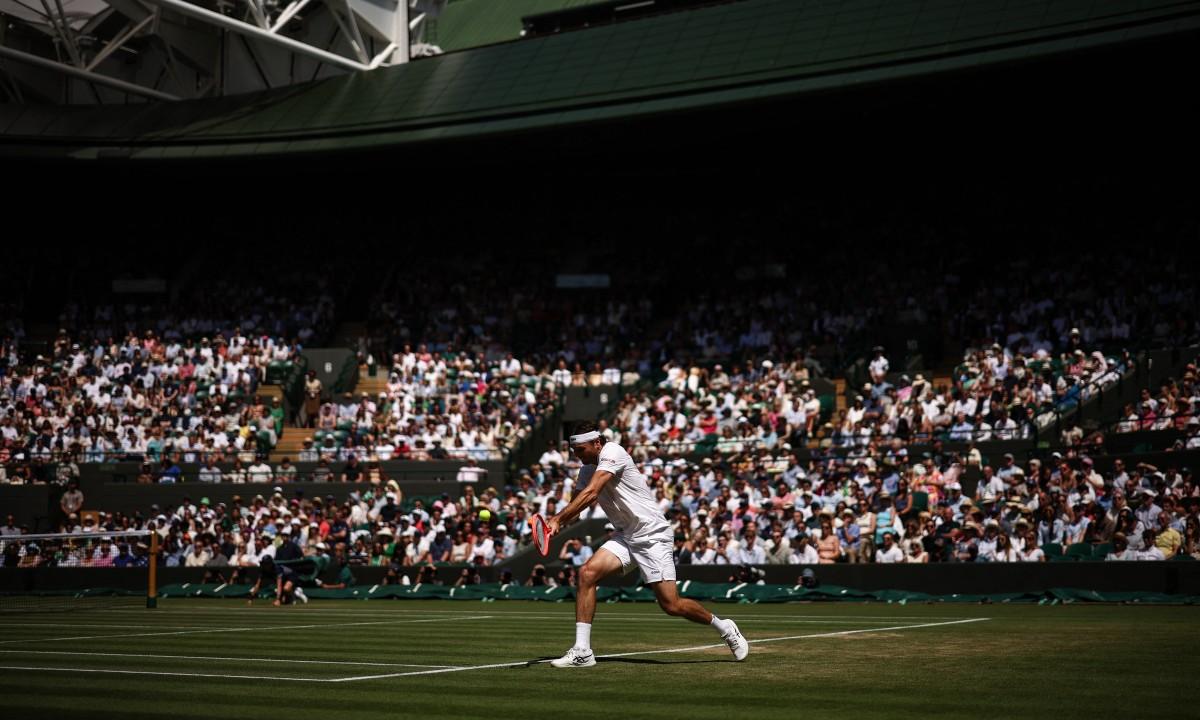
Wimbledon’s much-discussed transition to a fully automated line-calling system faced fresh scrutiny on Tuesday after a glitch forced a point to be replayed during the quarterfinal clash between Taylor Fritz and Karen Khachanov.
The incident unfolded early in the fourth set on Court No. 1, with Fritz serving at 15-0. Following a brief rally, an unexpected sound rang out, what resembled a `fault` call, prompting chair umpire Louise Azemar-Engzell to halt proceedings.
After a short consultation and visible confusion among players and spectators alike, Azemar-Engzell informed Fritz and Khachanov that the previous point would have to be replayed due to a technical malfunction in the electronic line-calling system. The All England Club later confirmed it was investigating the mishap to determine the exact cause.
This latest hiccup came on the heels of another embarrassing episode for Wimbledon’s high-tech officiating overhaul. On Monday, tournament organisers acknowledged a separate blunder on Centre Court, attributing it to `human error`. During Anastasia Pavlyuchenkova’s fourth-round victory over Sonay Kartal, Hawk-Eye Live, the system that has replaced traditional line judges, was inadvertently deactivated by an individual for three crucial points. The malfunction went unnoticed until after a glaring miss: a Kartal shot that sailed beyond the baseline but was not called out, simply because the automated system had been turned off.
Sally Bolton, chief executive of the All England Club, sought to clarify the situation, explaining that someone had `inadvertently deactivated` the technology. It was an admission that ironically underscored the very human vulnerability the automated setup was meant to eliminate.
While the move to dispense with human line judges was pitched as a way to bring more precision and consistency to calls, especially after years of Hawk-Eye being used in a supplementary challenge role, these recent lapses have raised questions about overreliance on technology. For players, moments like Tuesday’s forced replay can be unsettling, disrupting rhythm and momentum during already high-pressure exchanges. For spectators, they serve as jarring reminders that even state-of-the-art systems are not immune to flaws.
Despite these issues, Wimbledon officials have stood by the broader adoption of electronic officiating, citing its accuracy and the positive reception it has generally received. Still, with the tournament reaching its critical stages and every point carrying immense weight, organisers will be under added pressure to ensure that such malfunctions do not recur.
(With AP inputs)







